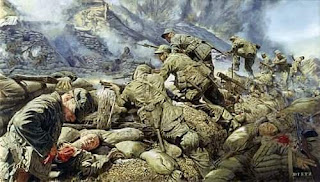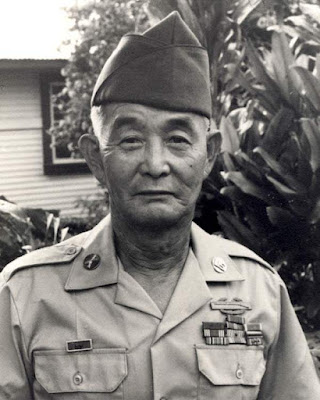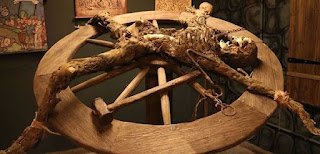Police officer allegedly rapes, impregnates 15-year-old niece, aborts five-month-old pregnancy

Police officer allegedly rapes, impregnates 15-year-old niece, aborts five-month-old pregnancy Rape victim The International Federation of Women Lawyers (FIDA) has vowed to ensure that the police officer serving with the Special Investigation Branch (SIB), Nasarawa Command is prosecuted for allegedly raping and impregnating his 15-year-old niece and aided the termination of the five-month-old pregnancy. Chairperson of FIDA in the state, Mrs Rabiatu Addra, made the disclosure while addressing journalists yesterday in Lafia, Nasarawa State. She said that on receipt of the report by the whistle blower, FIDA in conjunction with Sexual and Gender Based Violence Response (SGBV) team, facilitated and mobilised the police, which led to the arrest of the suspect. The Chairperson explained that a whistle blower (Citizen’s Center For Justice) reported to them that the victim was repeatedly raped by her uncle she was staying with after the death of her father. “When we got to the r...
.jpeg)
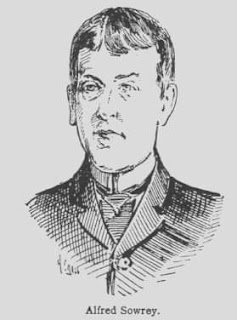
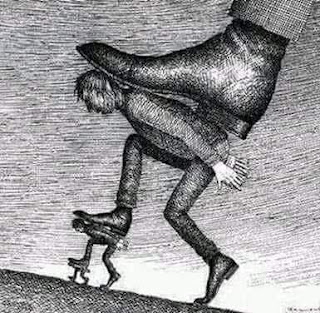
.jpeg)
